Solution Manual for A Second Course in Statistics: Regression Analysis, 8th Edition, William Mendenhall, Terry T. Sincich
$35.00
Solution Manual for A Second Course in Statistics: Regression Analysis, 8th Edition, William Mendenhall, Terry T. Sincich
Category: Solution Manual
Solution Manual for A Second Course in Statistics: Regression Analysis, 8th Edition, William Mendenhall, Terry T. Sincich
Table of Contents
1. A Review of Basic Concepts (Optional)
1.1 Statistics and Data
1.2 Populations, Samples, and Random Sampling
1.3 Describing Qualitative Data
1.4 Describing Quantitative Data Graphically
1.5 Describing Quantitative Data Numerically
1.6 The Normal Probability Distribution
1.7 Sampling Distributions and the Central Limit Theorem
1.8 Estimating a Population Mean
1.9 Testing a Hypothesis About a Population Mean
1.10 Inferences About the Difference Between Two Population Means
1.11 Comparing Two Population Variances
2. Introduction to Regression Analysis
2.1 Modeling a Response
2.2 Overview of Regression Analysis
2.3 Regression Applications
2.4 Collecting the Data for Regression
3. Simple Linear Regression
3.1 Introduction
3.2 The Straight-Line Probabilistic Model
3.3 Fitting the Model: The Method of Least Squares
3.4 Model Assumptions
3.5 An Estimator of ?2
3.6 Assessing the Utility of the Model: Making Inferences About the Slope ?1
3.7 The Coefficient of Correlation
3.8 The Coefficient of Determination
3.9 Using the Model for Estimation and Prediction
3.10 A Complete Example
3.11 Regression Through the Origin (Optional)
Case Study 1: Legal Advertising–Does It Pay?
4. Multiple Regression Models
4.1 General Form of a Multiple Regression Model
4.2 Model Assumptions
4.3 A First-Order Model with Quantitative Predictors
4.4 Fitting the Model: The Method of Least Squares
4.5 Estimation of ?2, the Variance of ?
4.6 Testing Overall Model Utility: The Analysis of Variance F-Test
4.7 Inferences About the Individual ? Parameters
4.8 Multiple Coefficients of Determination: R2 and R2adj
4.9 Using the Model for Estimation and Prediction
4.10 An Interaction Model with Quantitative Predictors
4.11 A Quadratic (Second-Order) Model with a Quantitative Predictor
4.12 More Complex Multiple Regression Models (Optional)
4.13 A Test for Comparing Nested Models
4.14 A Complete Example
Case Study 2: Modeling the Sale Prices of Residential Properties in Four Neighborhoods
5. Principles of Model-Building
5.1 Introduction: Why Model Building is Important
5.2 The Two Types of Independent Variables: Quantitative and Qualitative
5.3 Models with a Single Quantitative Independent Variable
5.4 First-Order Models with Two or More Quantitative Independent Variables
5.5 Second-Order Models with Two or More Quantitative Independent Variables
5.6 Coding Quantitative Independent Variables (Optional)
5.7 Models with One Qualitative Independent Variable
5.8 Models with Two Qualitative Independent Variables
5.9 Models with Three or More Qualitative Independent Variables
5.10 Models with Both Quantitative and Qualitative Independent Variables
5.11 External Model Validation
6. Variable Screening Methods
6.1 Introduction: Why Use a Variable-Screening Method?
6.2 Stepwise Regression
6.3 All-Possible-Regressions-Selection Procedure
6.4 Caveats
Case Study 3: Deregulation of the Intrastate Trucking Industry
7. Some Regression Pitfalls
7.1 Introduction
7.2 Observational Data Versus Designed Experiments
7.3 Parameter Estimability and Interpretation
7.4 Multicollinearity
7.5 Extrapolation: Predicting Outside the Experimental Region
7.6 Variable Transformations
8. Residual Analysis
8.1 Introduction
8.2 Plotting Residuals and Detecting Lack of Fit
8.3 Detecting Unequal Variances
8.4 Checking the Normality Assumption
8.5 Detecting Outliers and Identifying Influential Observations
8.6 Detection of Residual Correlation: The Durbin-Watson Test
Case Study 4: An Analysis of Rain Levels in California
Case Study 5: Factors Affecting the Sale Price of Condominium Units Sold at Public Auction
9. Special Topics in Regression (Optional)
9.1 Introduction
9.2 Piecewise Linear Regression
9.3 Inverse Prediction
9.4 Weighted Least Squares
9.5 Modeling Qualitative Dependent Variables
9.6 Logistic Regression
9.7 Poisson Regression
9.8 Ridge and Lasso Regression
9.9 Robust Regression
9.10 Nonparametric Regression Models
10. Time Series Modeling and Forecasting
10.1 What is a Time Series?
10.2 Time Series Components
10.3 Forecasting Using Smoothing Techniques (Optional)
10.4 Forecasting: The Regression Approach
10.5 Autocorrelation and Autoregressive Error Models
10.6 Other Models for Autocorrelated Errors (Optional)
10.7 Constructing Time Series Models
10.8 Fitting Time Series Models with Autoregressive Errors
10.9 Forecasting with Time Series Autoregressive Models
10.10 Seasonal Time Series Models: An Example
10.11 Forecasting Using Lagged Values of the Dependent Variable (Optional)
Case Study 6: Modeling Daily Peak Electricity Demands
11. Principles of Experimental Design
11.1 Introduction
11.2 Experimental Design Terminology
11.3 Controlling the Information in an Experiment
11.4 Noise-Reducing Designs
11.5 Volume-Increasing Designs
11.6 Selecting the Sample Size
11.7 The Importance of Randomization
12. The Analysis of Variance for Designed Experiments
12.1 Introduction
12.2 The Logic Behind an Analysis of Variance
12.3 One-Factor Completely Randomized Designs
12.4 Randomized Block Designs
12.5 Two-Factor Factorial Experiments
12.6 More Complex Factorial Designs (Optional)
12.7 Follow-Up Analysis: Tukey’s Multiple Comparisons of Means
12.8 Other Multiple Comparisons Methods (Optional)
12.9 Checking ANOVA Assumptions
Case Study 7: Voice Versus Face Recognition — Does One Follow the Other?
Appendix A: Derivation of the Least Squares Estimates of ?0 and ?1 in Simple Linear Regression
Appendix B: The Mechanics of a Multiple Regression Analysis
A.1 Introduction
A.2 Matrices and Matrix Multiplication
A.3 Identity Matrices and Matrix Inversion
A.4 Solving Systems of Simultaneous Linear Equations
A.5 The Least Squares Equations and Their Solution
A.6 Calculating SSE and s2
A.7 Standard Errors of Estimators, Test Statistics, and Confidence Intervals for ?0, ?1, … , ?k
A.8 A Confidence Interval for a Linear Function of the ? Parameters and for E(y)
A.9 A Prediction Interval for Some Value of y to be Observed in the Future
Appendix C: A Procedure for Inverting a Matrix
Appendix D: Statistical Tables
Table 1: Normal Curve Areas
Table 2: Critical Values for Student’s t
Table 3: Critical Values for the F Statistic: F.10
Table 4: Critical Values for the F Statistic: F.05
Table 5: Critical Values for the F Statistic: F.025
Table 6: Critical Values for the F Statistic: F.01
Table 7: Critical Values for the Durbin-Watson d Statistic (?=.05)
Table 8: Critical Values for the Durbin-Watson d Statistic (?=.01)
Table 9: Critical Values for the X2-Statistic
Table 10: Percentage Points of the Studentized Range, q(p,v), Upper 5%
Table 11: Percentage Points of the Studentized Range, q(p,v), Upper 1%
Appendix E: File Layouts for Case Study Data Sets
Answers to Odd Numbered Exercises
Index
Online:
SAS Tutorial
SPSS Tutorial
MINITAB Tutorial
R Tutorial
Be the first to review “Solution Manual for A Second Course in Statistics: Regression Analysis, 8th Edition, William Mendenhall, Terry T. Sincich” Cancel reply
Related products
$35.00
$35.00
$35.00
Solution Manual
Solution Manual for Mechanical Vibrations Theory and Applications 1st Edition by Kelly
$35.00
Solution Manual
Organizational Behavior Robbins 15th Edition Solutions Manual
$35.00
$35.00
$35.00



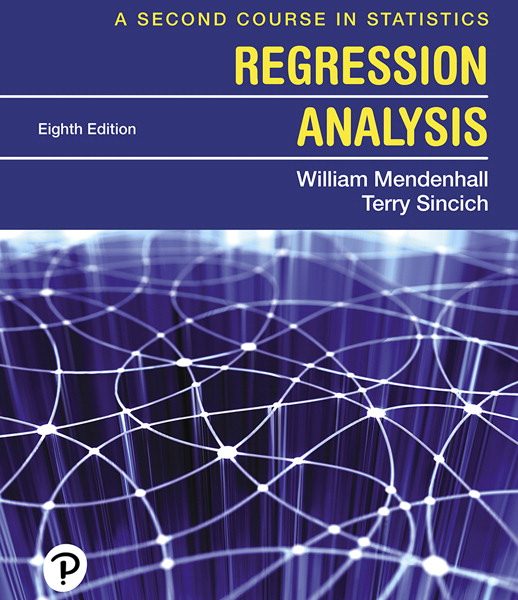
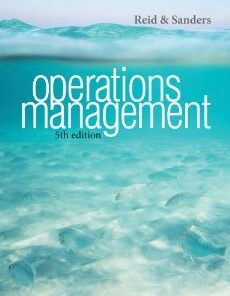
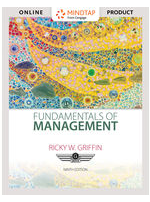
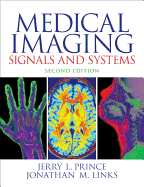
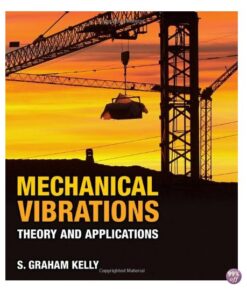
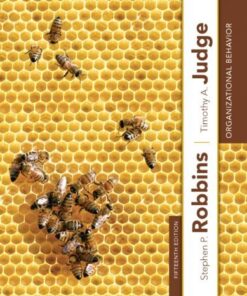
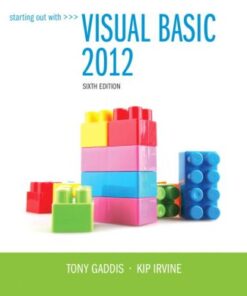
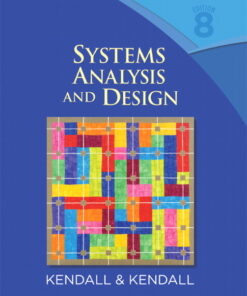
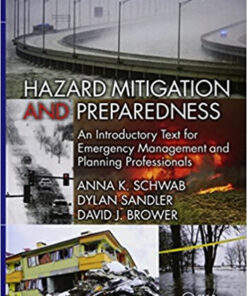
Reviews
There are no reviews yet.